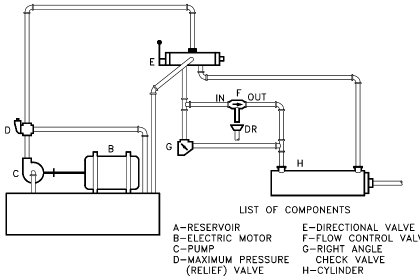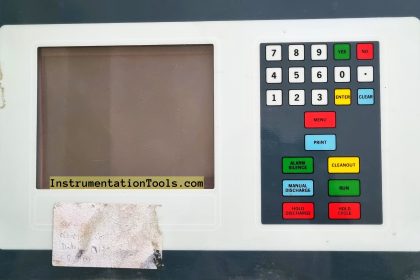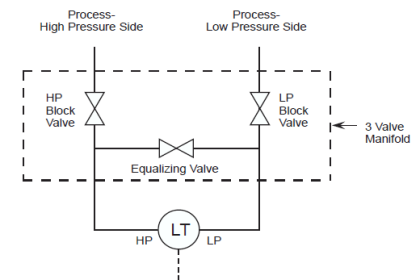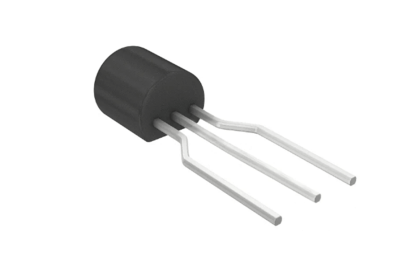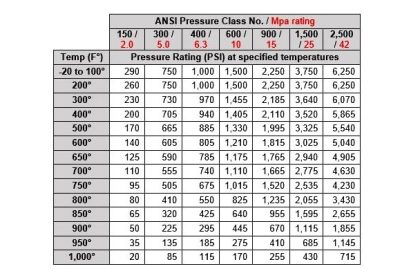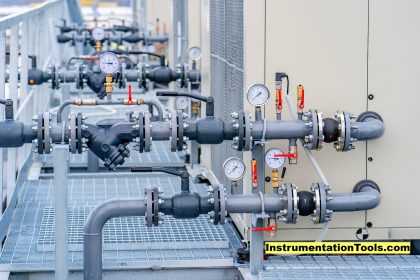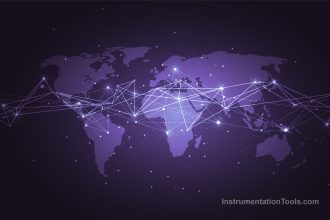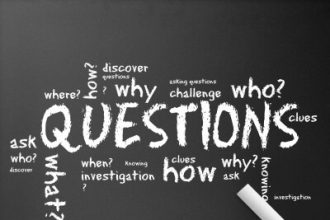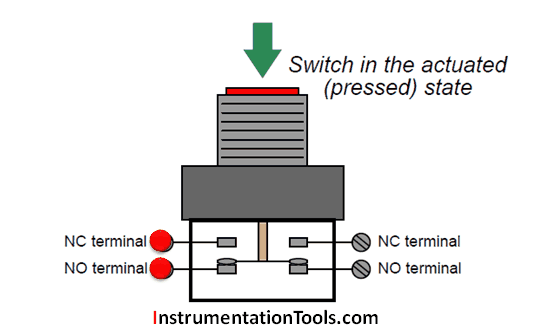The field of electronics manufacturing has experienced growth in recent years, and one of the major reasons for this is the advancement in the capabilities of electronic devices and their miniaturization. As these pieces of technology become smaller and more functional, we can expect that the components inside of them will become increasingly complex and intricate in shape as well. What does this mean for the world, then? An increased demand for manufacturing processes that can effectively produce high-performance parts.
One crucial process for fabricating these components is computer numerical control (CNC) machining. Its attributes have made it an indispensable part of electronics production. In this article, we’ll explore its vital role in manufacturing most of the electronics we use today.
What’s CNC machining?
CNC machining pertains to a manufacturing process wherein pre-programmed software controls the movements of complex machinery. Here, techniques like milling, turning, drilling, and boring are used to create prototypes or manufacture a series of products.
For instance, in CNC metal machining, products such as automotive parts, medical instruments, and electronic components can be made by fabricating metal chunks into the steel shafts or connectors these products need.
Role of CNC Machining
- Provides high precision in cutting, drilling, and shaping components for electronics.
- Enables the production of complex and intricate parts needed in electronic devices.
- Offers rapid production capabilities to meet market demands.
- Ensures consistent quality and reliability in electronic components manufacturing.
- Capable of machining a wide range of materials, from metals to plastics.
- Allows for customization of parts, supporting innovation in electronics manufacturing.
- Reduces waste and cost by precisely machining parts to exact specifications.
Benefits of CNC machining in electronics manufacturing
Employing CNC machining in electronics manufacturing has a myriad of benefits.
Firstly, it offers precision and accuracy, which make it ideal for creating components that meet stringent requirements. CNC machining can maintain tolerances as small as ±0.005 inches or even finer. This leads to the reliable production of precision-engineered electronics parts in miniature sizes.
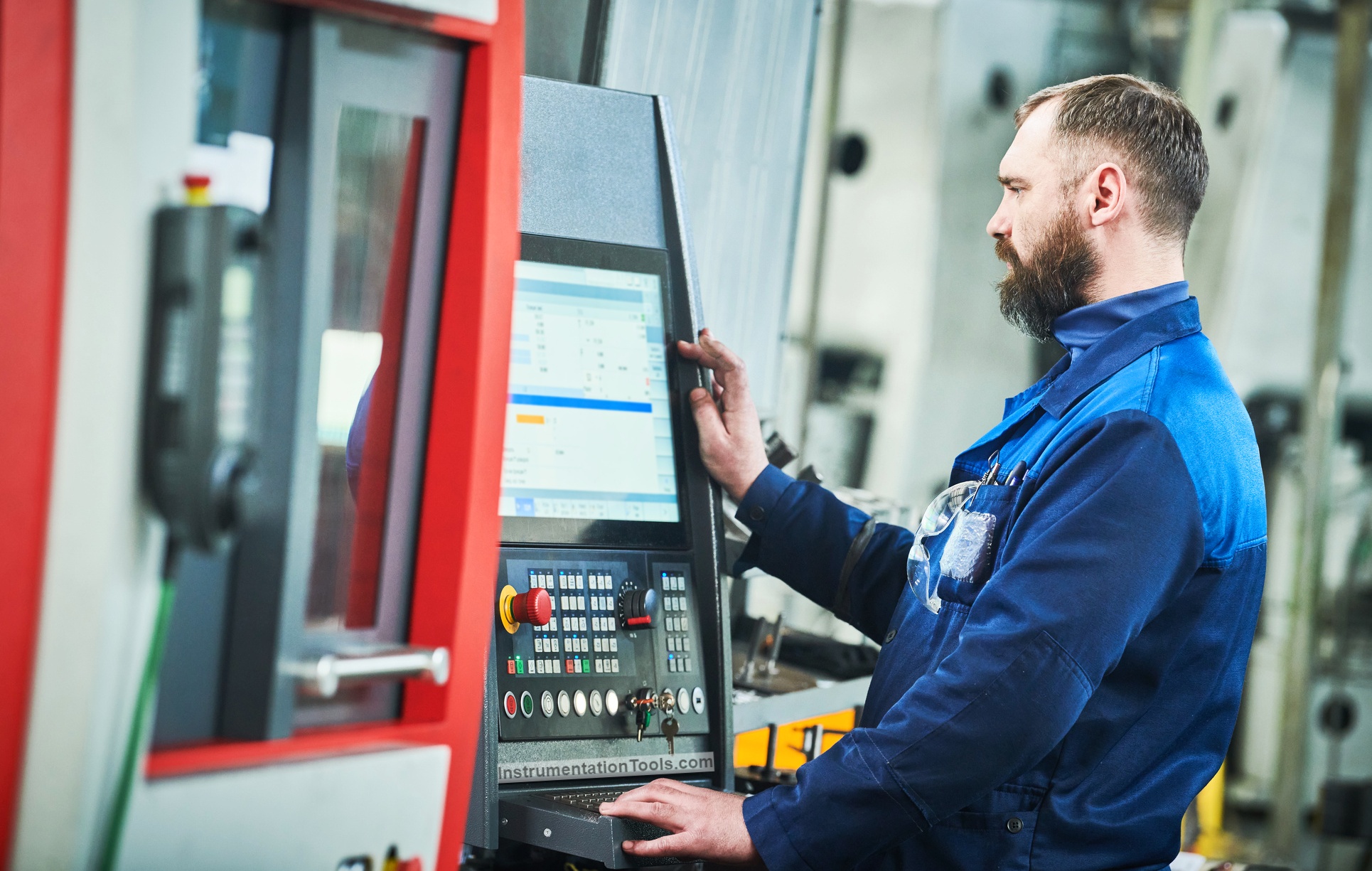
It can create complex designs and geometries that would be extremely difficult to achieve manually. For one, CNC automation enables axis machining for three-dimensional shaping. Consistency and repeatability are also factors that ensure high-quality results. With CNC precision, you can be sure that every machined part matches the design specifications identically.
It’s versatile enough to handle materials used in electronics, including metals, plastics, and ceramics. CNC machining also offers scalability for both small and large production volumes, allowing it to adapt output efficiently across production runs.
Applications of CNC in Electronics
CNC machining finds applications across a range of components used in diverse industries. These include:
Fabrication of components
- Production of printed circuit boards (PCBs)
- Manufacturing heat sinks and heat exchangers
- Creation of housings, enclosures, and chassis
- Designing connectors, adapters, and terminals
- Developing attachments for circuit protection and connectivity
- Crafting antennas, waveguides, and radio frequency (RF) electronics
- Precision machining ceramics, like insulators and substrates
Prototyping and development:
Rapidly creating prototypes of components for the purpose of design testing and iteration before moving into mass production
Tool and mold making:
- Manufacturing plastic injection molds to enable production
- Producing stamping dies for the fabrication of high-volume metal components
Micromachining:
- Developing systems with channels designed to provide cooling for electronics, medical devices, or laboratory instruments
- Creating miniaturized sensors and actuators specifically designed for aerospace and industrial applications
- Crafting optical components such as mirrors, lenses, and prisms that are seamlessly integrated with laser systems.
How can all this be possible? CNC machining processes offer a range of materials and design options that can cater to electronic component fabrication requirements.
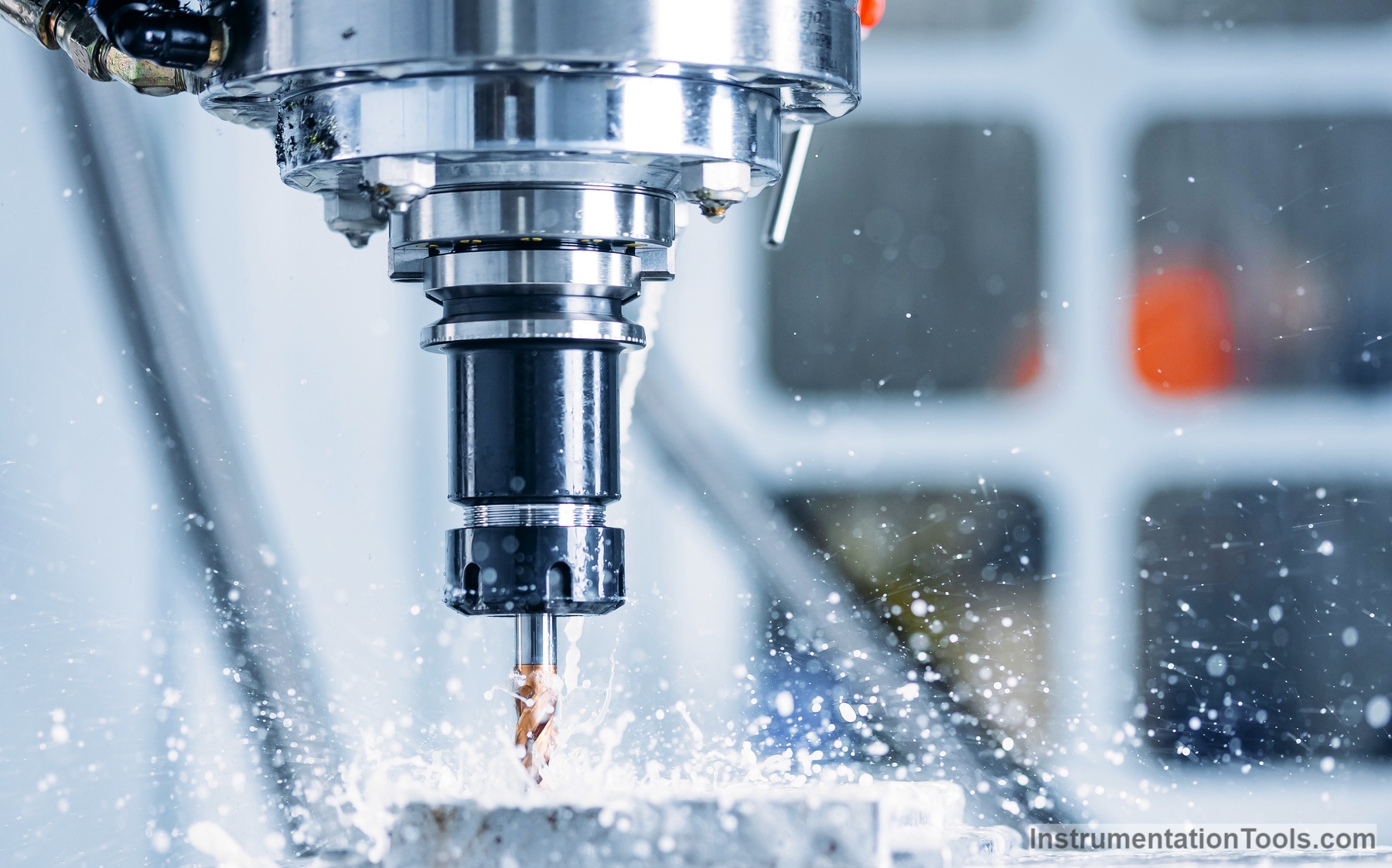
Design considerations for CNC machined electronic parts
To optimize the use of CNC machining processes, engineers consider the following:
- Selecting materials based on their functionality while taking into account properties such as electrical or thermal conductivity, rigidity, outgassing, etc.
- Designing geometries that facilitate efficient machining methods while meeting performance requirements
- Ensuring tolerances to guarantee reliable assembly and interconnectivity
- Employing appropriate surface finishes with functionalities like coatings or minimize particle generation in cleanroom environments
- Incorporating parting lines, draft angles in enclosures, and access features that simplify CNC tooling design
- Implementing designs that prioritize manufacturability, reducing the need for interventions and enhancing quality
- Tooling standardization balancing cost vs. flexibility for low/high mix production
Careful design catered to leveraging CNC machining processes leads to higher performance, quality, and manufacturability of electronic parts.
Costs and lead times
CNC machining costs depend on order quantities, part size or complexity, material, and lead time. Prototyping has shorter lead times but higher per-part costs. Higher volumes amortize costs but need longer leads for programming and fixturing. Design optimization can provide major cost reduction.
Future trends in CNC machining for electronics
There’s a bright future ahead for electronics manufacturers keen on utilizing CNC machining services. Key trends that will expand CNC machining applications in electronics include:
- Further automation and integration with upstream or downstream manufacturing processes to allow agile production
- More capable, specialized machine tools that boost precision and expand compatible materials
- Novel machining techniques like laser ablation, micro-EDM, and micro-milling, all of which broaden nano or micro-scale capabilities
- Customized tooling for industry or application-specific components for lower cost and lead times
- Hybrid manufacturing combining CNC machining with 3D printing for complex and optimized designs
As CNC machining capabilities grow, electronics manufacturers can implement more ambitious designs while streamlining production. Tighter process integration and emerging methods will open new avenues for electronics innovation.
Conclusion
CNC machining enables the manufacturing of a vast array of complex, highly engineered components, empowering modern electronics. What’s more, ongoing advances will expand its applications in terms of part miniaturization, geometric intricacy, and integration with emerging technologies. But things don’t stop there. Innovative designers and manufacturers will continue finding new ways to apply CNC machining to develop the electronics breakthroughs of the future.
